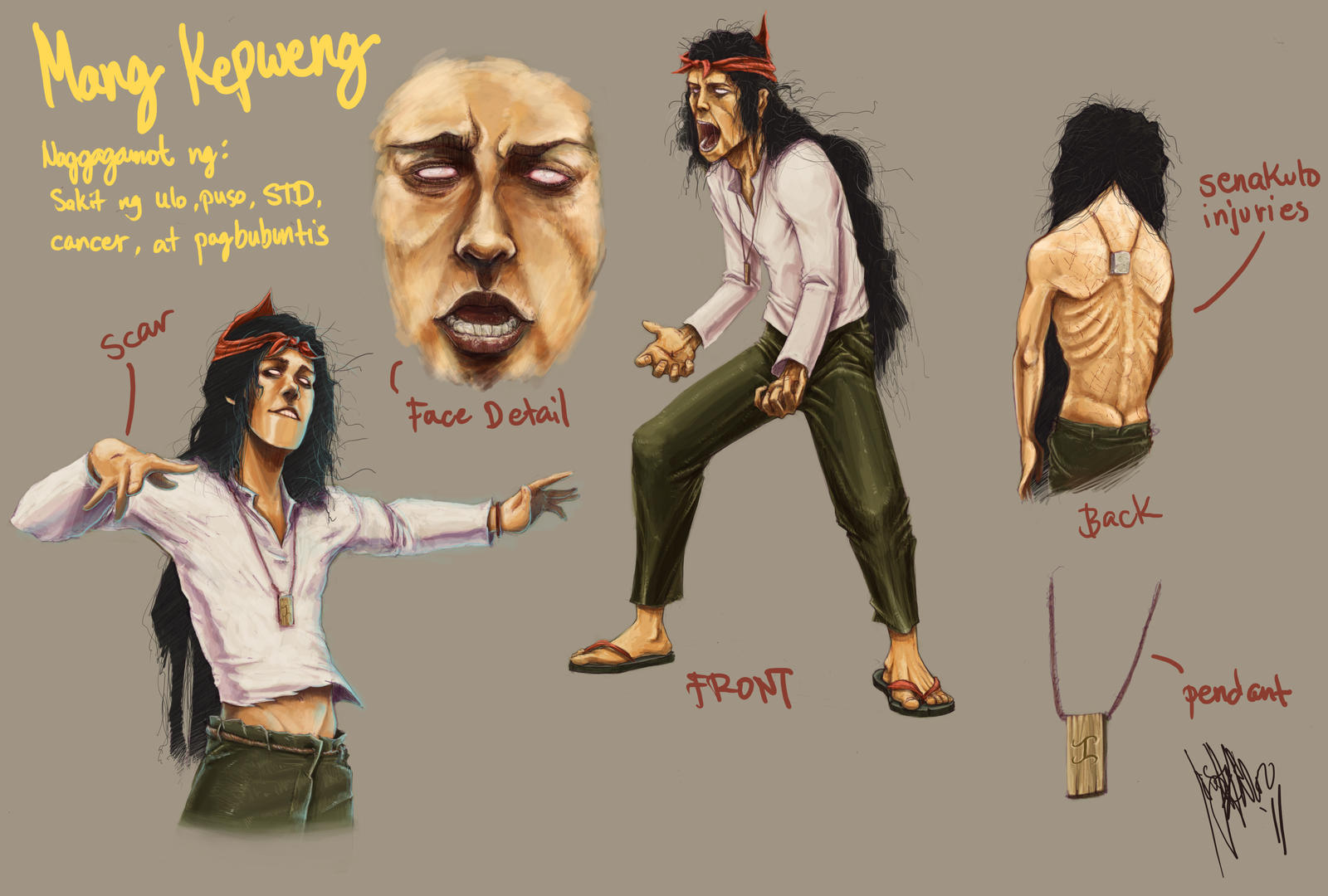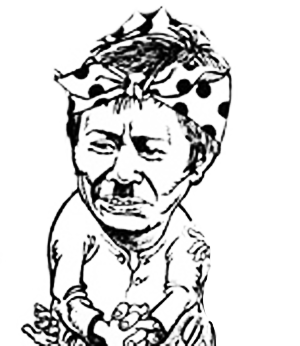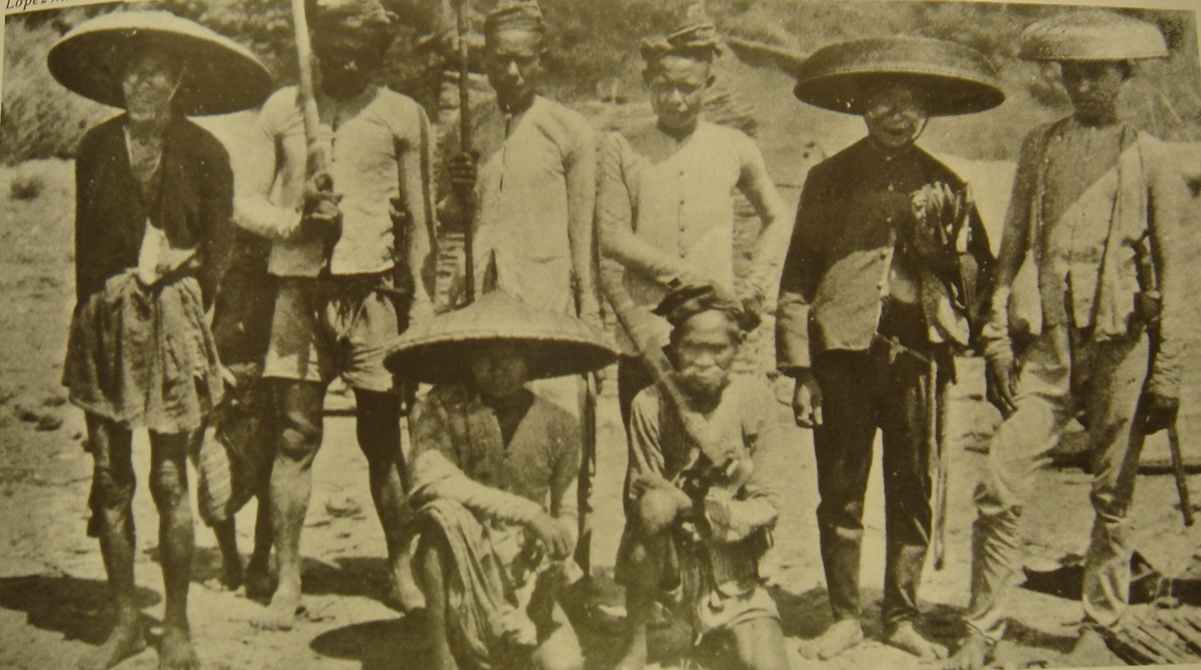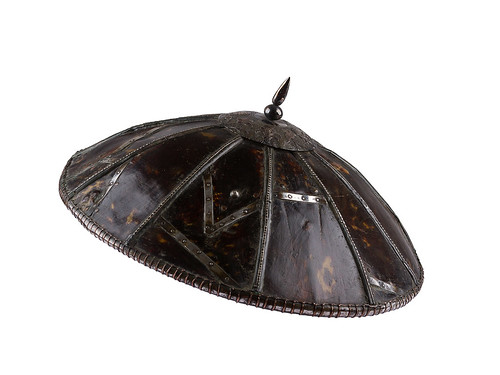Salacot/salakot (wide brimmed hat)
Known by various names (salakot is Tagalog/Kapampangan, sadok/saruk in the Visayas and parts of Mindanao, S’laong by T’Boli, sayap in Maguindanao)
PS Some of the information I got here were things I already knew/seen some are taken directly from Nocheseda's article, gotta give him credit eg Mallat accounts, which I knew of but have no access to the full text (I'm almost certain his quotation is from Santillan-Castrence, who also translated many Filipino accounts by/in French to English eg the Marche diaries)
[url] https://www.tagalog-dictionary.com/articles/the-filipino-and-the-salacot [/url]
Pigafetta (“Primo Viaggio…”) 1521
“The queen was young and beautiful, and was entirely covered
with a white and black cloth. Her mouth and nails
were very red, [B]while on her head she wore a large
hat of palm leaves in the manner of a parasol, with
a crown about it of the same leaves, like the tiara of
the pope ; and she never goes any place without such
a one[/B]”
Delgado 1738
“From palm-leaves, rattan, and nito they make hats, and petates or rugs, and mats, that are very handsome, and wrought with various kinds of flowers and other figures.”
Montero y Vidal ("Archipelago Filipino..." 1866) speaking about the "principalia" (the native gentry that replaced the 'datu'/'chief' class after mid-1600's---albeit most of them were obviously descendants of the old chiefdoms)
"Their usual dress is a black jacket, European trousers,[B] mushroom hat,[/B] and colored slippers; many even wear varnished [i.e., patent leather] shoes. The shirt is short, and worn outside the trousers. The gobernadorcillo carries a tasseled cane [baston], the lieutenants wands [varas]. On occasions of great ceremony, they dress formally in frock coat, high-crowned hat—objects of value that are inherited from father to son."
Mallat ("Les Philippines...") 1846
“The shape of the salacot is that of a small umbrella, 18 inches in diameter by six inches in depth, and whose circumference forms a perfect circle. The center shows a circular rim woven of rattan inside, for receiving the top of the head. The framework and material of this salacot are ordinarily made of bamboo or rattan varnished black; sometimes it is made of very strong skin of the uguana (nitong el nito), a kind of very fine fern, whose bark is also used for the material for hats which are made so perfectly in the province of Camarines, Albay, and Bulacan, where they are sold very dearly...Some of the people still keep the long silk pants called saya, whose lower part is embroidered and which used to be worn by the maguinoones of the pueblos. Their sinamay shirt, always worn over the pants, is covered by the chupa, a vest made of broadcloth or printaniere. A green shawl, worn as kerchief, and a hat of antique shape, kept for perhaps a hundred years in the family, complete their costume."
Note the inheritance (spoken by the last two authors above) is also noted by Combes (on the entry I posted on potong)...the annotation by Blair/Robertson was attributed to the potong/turban, but the actual translation goes: "The other relic is the cap, [58] which is the hereditary possession of the kings, and to swear by it is to use the sanction of a great sacrament." Perhaps it also applied to the highly exquisite salacots worn by royalty.
Damian Domingo 1820’s (Asuncion’s teacher)
[IMG]  [/IMG]
[/IMG]
“Ilocano wearing a buri hat” (it’s name is “katakong” in Ilocano, and notice also how just like Lozano the Ilocano is shown as a linen (cotton) merchant -lmao)
[IMG]  [/IMG]
[/IMG]
"Native soldier"
[IMG]  [/IMG]
[/IMG]
"Native of Pangasinan"
[IMG]  [/IMG]
[/IMG]
"Potterywoman from Pasig"
[IMG]  [/IMG]
[/IMG]
"Boatman from Pasig"
[IMG]  [/IMG]
[/IMG]
"Native farmer"
[IMG]  [/IMG]
[/IMG]
 [/IMG]
[/IMG] [/IMG]
[/IMG] [/IMG]
[/IMG] [/IMG]
[/IMG] [/IMG]
[/IMG] [/IMG]
[/IMG] [/IMG]
[/IMG] [/IMG]
[/IMG]






























